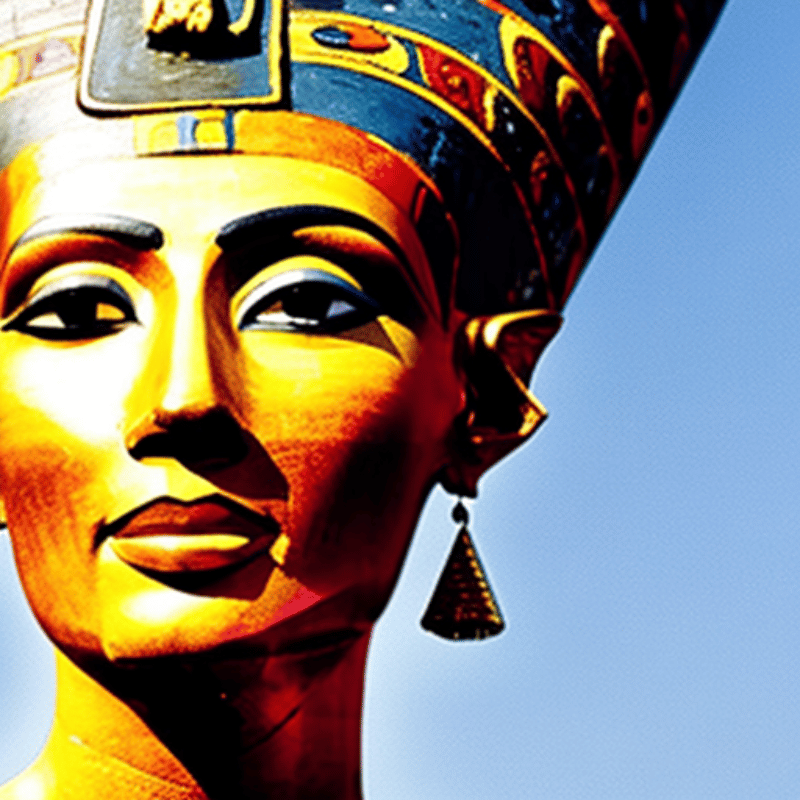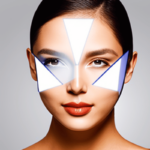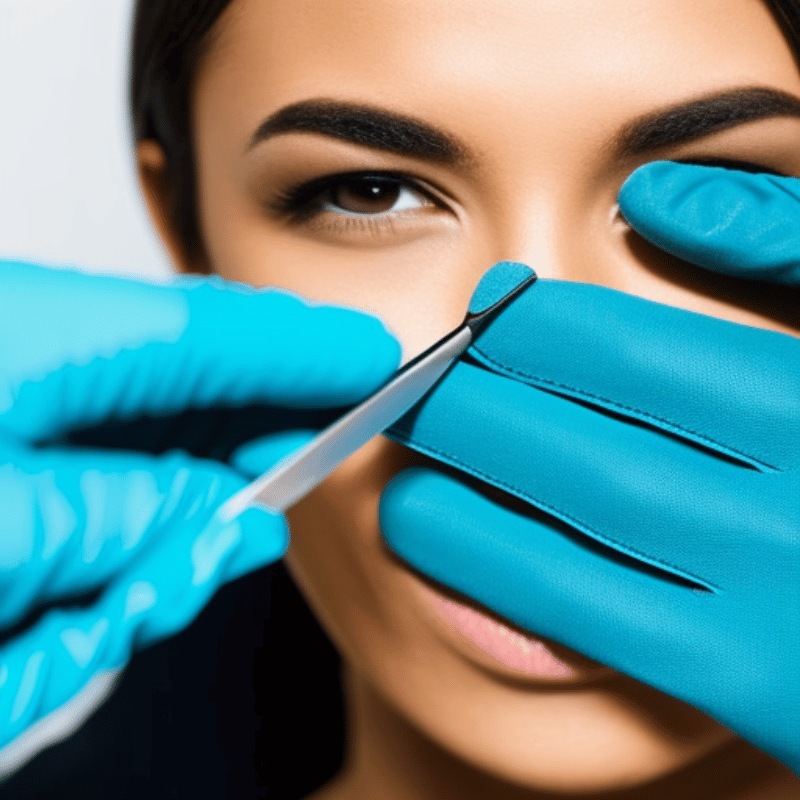Beauty has been an important aspect of human life for thousands of years. From ancient times to the present day, people have sought to enhance their appearance, improve their grooming, and express themselves through their appearance. The history of beauty is a fascinating and diverse story, full of fascinating characters, cultural innovations, and beauty trends that have come and gone.
Ancient Times
The earliest recorded history of beauty can be traced back to ancient civilizations such as the Egyptians, Greeks, and Romans. In ancient Egypt, beauty was highly valued and was seen as a symbol of wealth, power, and good health. Egyptian women used a variety of cosmetics, including kohl to line their eyes, henna to dye their hair and nails, and various scented oils to enhance their skin and hair. They also practiced various beauty rituals, such as removing unwanted hair and using natural remedies to improve their skin.
In ancient Greece, beauty was also an important aspect of life. Greek women used a variety of cosmetics, including scented oils, perfumes, and make-up. They also took great care of their hair, using various oils and treatments to keep it healthy and shiny. In Greece, beauty was not just about looking good, but also about embodying the ideals of femininity, such as grace, charm, and poise.
The Romans also had a rich beauty culture, with a focus on grooming, personal hygiene, and cosmetic treatments. Roman women used a variety of cosmetics, including perfumes, make-up, and creams. They also used various treatments to improve their skin and hair, such as oiling and massaging. The Romans also believed in the power of exercise and diet, and many women practiced physical fitness and healthy eating to maintain their beauty.
Middle Ages to the Renaissance
During the Middle Ages, beauty was still valued, but it was seen more as an inward attribute rather than an outward appearance. The focus was on spiritual beauty, such as chastity, purity, and devotion. However, there were still some beauty trends and practices, such as using perfumes, oils, and creams to improve the skin.
The Renaissance marked a turning point in the history of beauty. During this time, beauty was once again seen as an outward attribute and was celebrated in art and literature. Women used various cosmetics, such as powders, rouges, and perfumes, to enhance their appearance. They also took great care of their hair, using various treatments to keep it healthy and beautiful.
The 19th and 20th Centuries
The 19th century was a time of change and innovation in the world of beauty. During this time, cosmetics and beauty products became more widely available, and new beauty trends and practices emerged. The rise of the middle class meant that more women had the means to purchase beauty products and treatments, and this led to a boom in the cosmetics industry.
The 20th century saw further innovations in beauty, with the introduction of new beauty products, treatments, and technologies. The rise of mass media and advertising also helped to popularize beauty trends and products, and beauty became a major part of popular culture. In the mid-20th century, the feminist movement challenged traditional beauty standards and encouraged women to embrace their natural beauty and individuality.
Today
Today, beauty continues to be an important aspect of human life, and the beauty industry is a multi-billion-dollar industry. The range of beauty products and treatments available is vast, and there is something to suit everyone’s needs and preferences. Beauty is no longer just about looking good, but also about feeling good, and many people use beauty products and treatments to improve their mental and emotional well-being as well as their physical appearance.
The beauty industry has also become more inclusive and diverse in recent years, with a focus on celebrating different body types, skin tones, and cultural backgrounds. Brands are creating products that cater to a wider range of consumers, and the beauty world is becoming more accessible to everyone, regardless of their background or identity.
In conclusion, the history of beauty is a rich and diverse story that spans thousands of years. From ancient times to the present day, people have sought to enhance their appearance and express themselves through their appearance. Beauty has been influenced by cultural, historical, and social factors, and it has evolved over time to become an important aspect of human life. Today, the beauty industry continues to grow and evolve, offering a wide range of products and treatments that cater to people’s diverse needs and preferences.




